Sunflower Seed
The fruits of the Sunflower plants are known as Sunflower Seeds. Applying the term “seed” is inappropriate in this case as the Sunflower fruit is actually an achene. It contains one single seed surrounded by the pericarp or hull, which dries and looks like seed shell. The hull needs to be removed to obtain the edible seed or kernel. Oil and butter obtained from the Sunflower Seeds are very popular throughout the world.
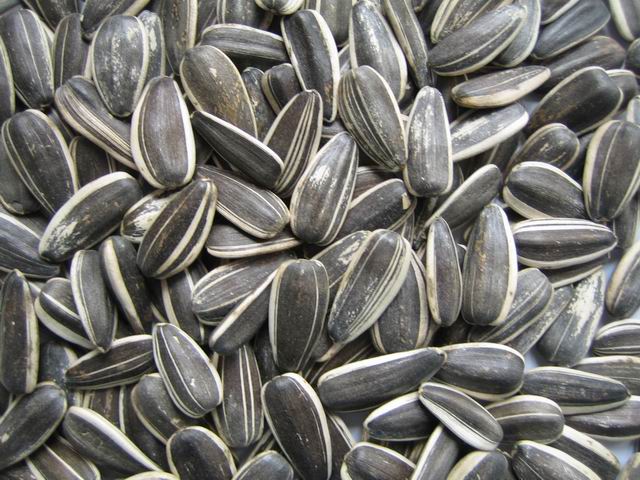
Sunflower Seed
Table Of Content
Sunflower Seed Scientific Name
The scientific name for the Sunflower plants is Helianthus annuus.
Sunflower Seed Description
The flower head of a Sunflower is composed of numerous disk flowers and ray flowers. Each disk flower has an immature achene fruit at its base. Here is a general description of the fruits:
Color: Their color varies from grey to black while the kernels can be black, brown or grayish green. Some varieties may also have light grey stripes. Seeds from fruits having black husk are known as Black Oil Sunflower Seeds.
Size: The size of the achenes can vary greatly depending on plant genetics, weather and planting density.
Shape: They have an oblong and flattened wedge shape.
Shell: The fruit shell and the seed shell are fused with each other.
Taste: Sunflower kernels are crunchy with a sweet and salty taste. Their taste is sometimes compared to that of the Jerusalem artichoke from the Helianthus family.
Flavor: Sunflower Seeds have a mild nutty flavor.
Texture: They have a tender texture.
Sunflower Seed Distribution
The Sunflower plants are indigenous to both North and South America. They spread in various regions of Europe from the Americas during the 16th century. At present, they are found throughout the world including different countries of Asia, Africa and Australia.
How to Grow Sunflower Plants
One can grow Sunflower plants at home to obtain the edible seeds. Seedlings are occasionally available in nurseries. These plants can easily be grown from seeds as well.
These annual plants can grow in various types of soil including sandy and clay soils. They can survive in a wide range of soil pH from 5 to 8. Full sunlight and ample amounts of water are important for their proper growth. Temperatures from 46°F to 50°F are ideal for the germination of Sunflower Seeds.
Drying the flower heads makes it easy to harvest the Sunflower Seeds. Harvesting should be done when the flowers are brown, dry and almost wilted. At this stage, the seeds can be harvested easily from the base of the disk flowers.
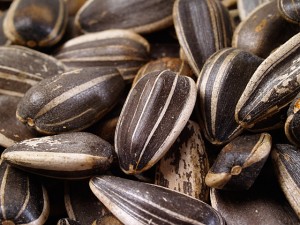 Picture 2 – Sunflower Seed Image
Picture 2 – Sunflower Seed Image
Sunflower Seed Health Benefits
Many health benefits can be derived from these edible kernels:
- They are considered to be highly beneficial food for their high vitamin and mineral contents.
- The high calorie contents make the Sunflower Seeds a good source of energy.
- Linoleic acid (a poly-unsaturated fatty acid) makes up 50% of the fatty acid content of these seeds.
- The kernels are also rich in mono-unsaturated oleic acid which helps to lower bad cholesterol or LDL and increase good cholesterol in the blood.
- Sunflower Seeds are also an excellent source of various proteins and amino acids that are essential for the growth of children.
- They contain various anti-oxidant poly-phenol compounds like chlorgenic acid, quinic acid, and caffeic acids.
- Their vitamin E contents help to prevent various cardiovascular diseases.
- The anti-inflammatory properties of the kernels are beneficial for reducing asthma, rheumatoid arthritis and osteoarthritis.
- Their selenium contents play an important role in cancer prevention.
- The Sunflower Seed kernels are beneficial for the bones as they contain high amounts of magnesium.
- They play a vital role for relaxing the muscles, blood vessels and nerves.
- The high vitamin E contents also make them beneficial for skin.
Sunflower Seed Nutrition Facts
Here is the nutritional value for 100 gm of this seed:
| Nutrient | Amount |
| Carbohydrates | 18.76 g |
| – Sugars | 2.62 g |
| – Dietary fiber | 10.5 g |
| Fat | 49.57 g |
| – saturated | 5.20 g |
| – monounsaturated | 9.46 g |
| – polyunsaturated | 32.74 g |
| Protein | 22.78 g |
| Thiamine (vit. B1) | 2.29 mg (199%) |
| Riboflavin (vit. B2) | 0.25 mg (21%) |
| Niacin (vit. B3) | 4.5 mg (30%) |
| Pantothenic acid (B5) | 6.75 mg (135%) |
| Vitamin B6 | 0.77 mg (59%) |
| Folate (vit. B9) | 227 μg (57%) |
| Vitamin C | 1.4 mg (2%) |
| Vitamin E | 34.50 mg (230%) |
| Calcium | 116 mg (12%) |
| Iron | 6.77 mg (52%) |
| Magnesium | 354 mg (100%) |
| Manganese | 2.02 mg (96%) |
| Phosphorus | 705 mg (101%) |
| Potassium | 689 mg (15%) |
| Sodium | 3 mg (0%) |
| Zinc | 5.06 mg (53%) |
Sunflower Seed Uses
Sunflower Seeds can be an important part of a healthy diet, while they also have numerous other uses. Different varieties have different uses. Sprouting Sunflower Seeds are healthier than ordinary seeds. The seeds are soaked in water for 5 to 8 hours before placing them under a thin layer of moist soil for growing sprouts.
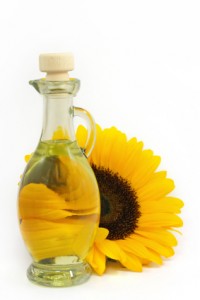 Picture 3 – Sunflower Seed Oil
Picture 3 – Sunflower Seed Oil
Edible Uses
- Raw or roasted matured Sunflower Seeds are often consumed as snacks as well as with meals.
- The sprouted seeds are added to salads for increasing their crunchiness.
- They are sometimes sprinkled over sautéed vegetables and fried rice.
- These seeds are used for making candies, cakes, chocolates and muffins.
- Flour made from the Sunflower Seed kernels is widely used in many Central European countries like Germany for making dark bread and sunflower bread (sonnenblumenbrot).
- Edible Sunflower oil is extracted from the matured kernels following a simple extraction process.
- The Sunflower Seeds are used for making a highly nutritious butter similar to the peanut butter. It is known as Sunbutter and can be made at home using a simple recipe.
Medicinal Uses
- The seeds have expectorant properties and are used for curing cough and cold.
- They are also used for relieving constipation.
- These kernels are useful for fighting dysentery.
- Bladder and kidney inflammation can also be treated using the seeds.
- They are used for lowering blood pressure and blood cholesterol.
Other Uses
- The Black Oil Sunflower Seeds are widely used for feeding birds. Seeds used as bird food are also called Sunflower Hearts.
- The shell or hull of these fruits is not eaten with the fruits. But it is often used for producing biomass fuel.
- According to researches, Sunflower oil can be used as a renewable bio-source for producing Hydrogen.
- Sunflower Seeds within their shells are used as a healthier substitute for chewing tobacco.
Sunflower Seed Recipes
Here are the names of some popular recipes using these seeds:
- Roasted Salted Sunflower Seed
- Roasted Sweet Potato with Raisins and Sunflower Seeds
- Brown rice ‘Risotto’
- Sprouted Sunflower Seed Cheese
- Basil Sunflower Seed Pesto
- Sunflower Chicken Stir-Fry Recipe
- Sunflower Seed Cookies
- Broccoli Sunflower Seed Salad
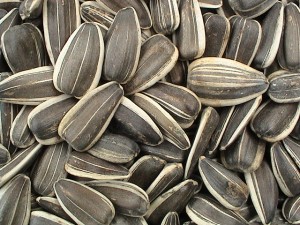 Picture 4 – Sunflower Seed Picture
Picture 4 – Sunflower Seed Picture
Using Sunflower Seeds during Pregnancy
They serve as a good source of zinc for pregnant women. But one should avoid eating them in very large amount as over consumption may cause some adverse reactions.
Sunflower Seed Side Effects
Following are the possible side effects of these seeds:
- Sunflower Seed may cause allergy in some people. People allergic to this seed may experience swollen lips, breathing difficulty and tightness in the chest.
- Its high calorie content can lead to unwanted weight gain in case of over consumption.
- Chewing the seeds along with their shells as a tobacco substitute can cause teeth and gum damage.
- Individuals with Diverticulosis should avoid eating these seeds in large quantities as it may block the diverticula causing bleeding or puncture in the intestines.
Sunflower Seed Price and Availability
One can easily buy them in stores or online. The price for a 20 ounce packet of Sunflower Seeds ranges from $5 to $8. 16 ounce of the Sunbutter spread costs between $5 and $7.
Sunflower Seed Interesting Facts
Here are some interesting facts about this achene fruit:
- The shell patterns of Sunflower fruits help to classify them according to their uses.
- Black seeds are used for oil production and are called oilseed Sunflower crops while the striped seeds are known as “confectionery sunflower seeds” as they are used for food.
- Native Americans used the shell of this seed for making a coffee-like drink with mild restorative properties.
- The seed and its oil have been used by the American Indians for various edible and medicinal purposes over long periods of time.
Sunflower Seed Pictures
Here are some images of the Sunflower Seeds.
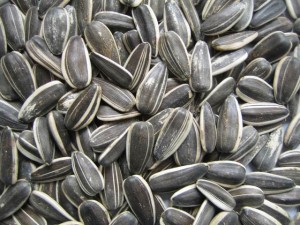 Picture 5 – Sunflower Seed Photo
Picture 5 – Sunflower Seed Photo
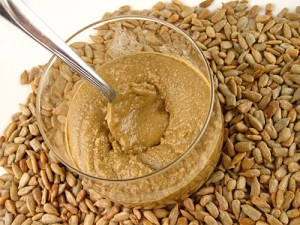 Picture 6 – Sunflower Seed Butter
Picture 6 – Sunflower Seed Butter
References:
http://en.wikipedia.org/wiki/Sunflower_seed
http://www.nutrition-and-you.com/sunflower-seeds.html
https://www.healthline.com/nutrition/sunflower-seeds
http://www.livestrong.com/article/289308-what-are-the-dangers-of-eating-too-many-sunflower-seeds/
https://www.verywellfit.com/calories-in-sunflower-seeds-and-their-health-benefits-4119941
- by Deepamala Bhattacharya
- February 25th 2012

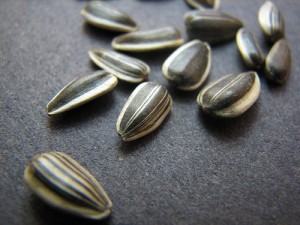
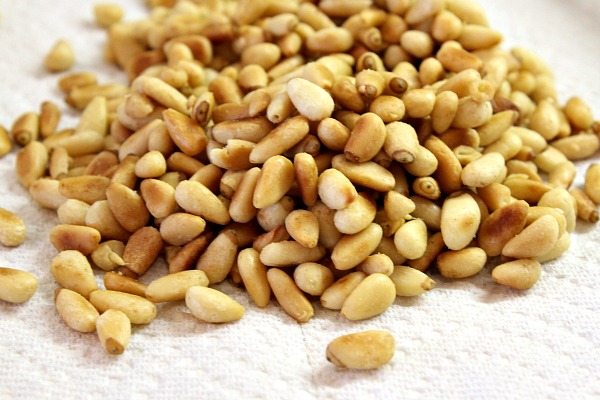

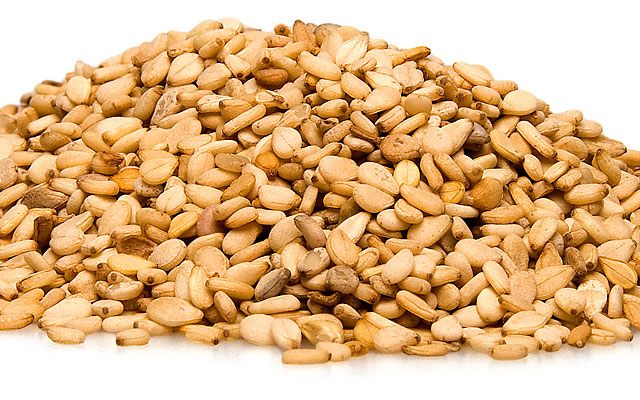
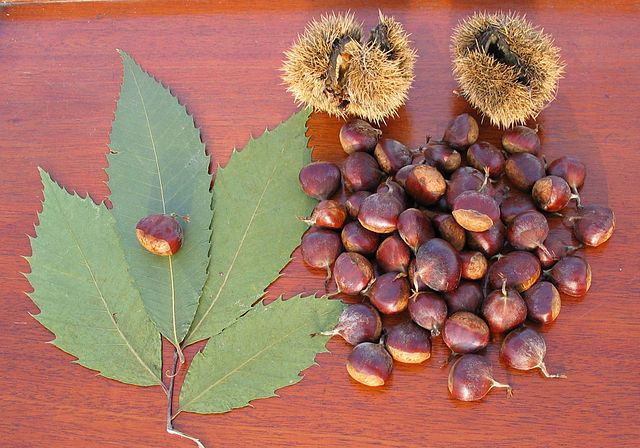















Leave a Reply